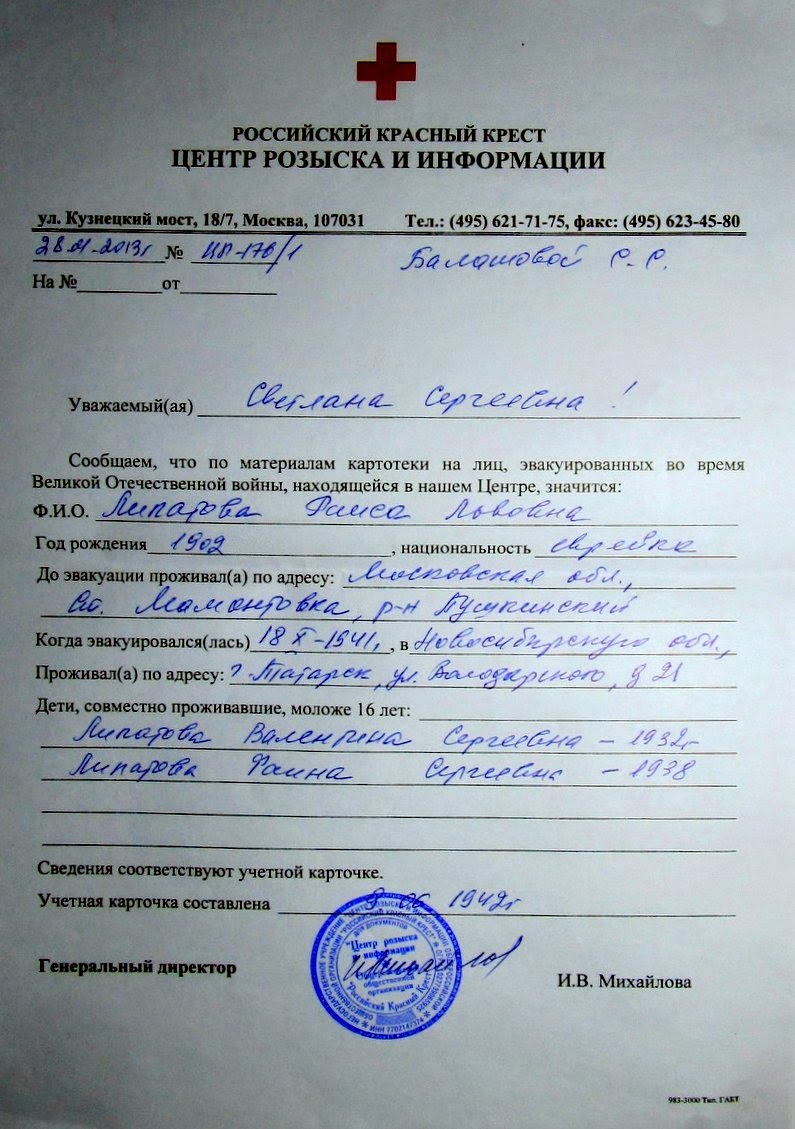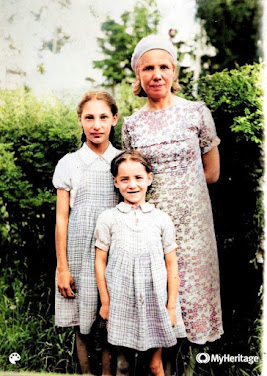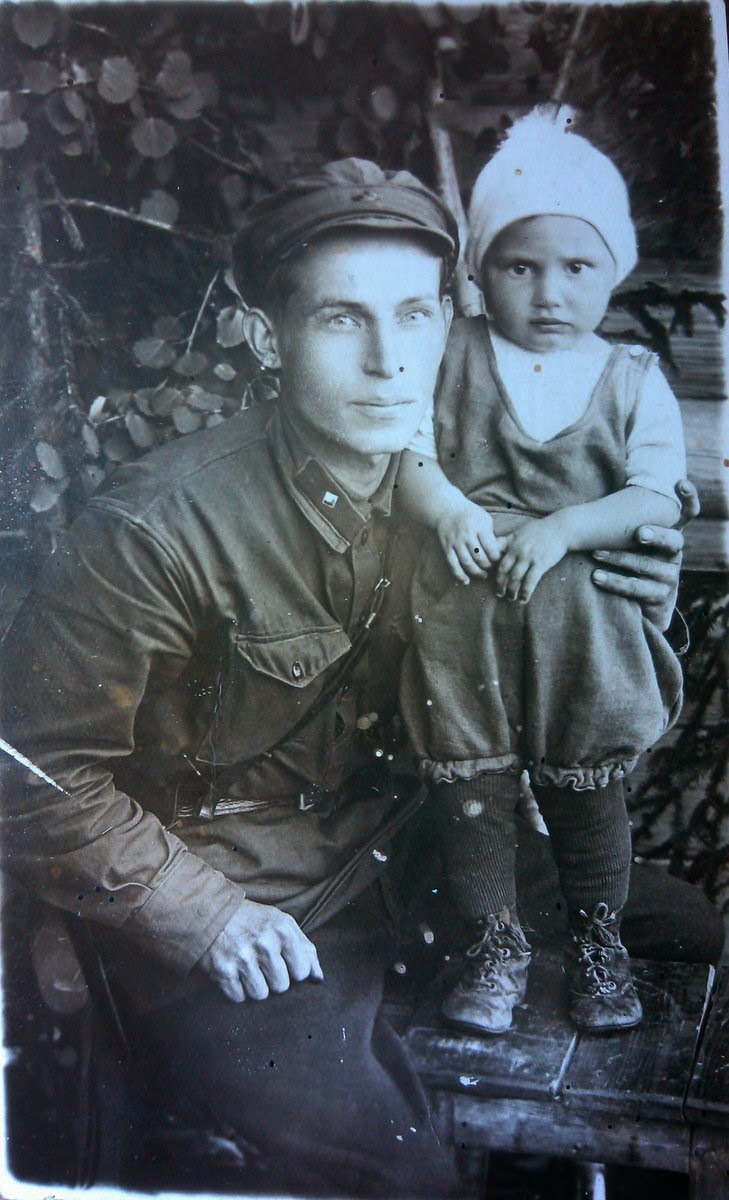Riva (Rebecca, Rivka, Rifka, Raisa, Raya) Shapiro
 |
| Circa 1929-1930 |
Her mother died soon after giving birth, that is possibly some time in 1903 in Kiev, the Russian Empire.
Her father Lieber Shapiro apparently died around 1910 (in Kiev or Zhitomir), or he could have gone abroad and never returned. He reportedly had a print shop and could speak four languages. I was unable to find any track of any male Shapiro buried in Kiev at that time in synagogue records but most of them are in a very bad shape or missing.
My grandmother was reportedly raised by distant relatives or friends of her family in Berdichev, then the biggest Jewish shtetl in Ukraine. She went to work at the age of 8 as a seamstress helper.
Her original name could have been Rebecca because I remember seeing it in her papers or postcards when I was a kid, and it was an exceptionally rare name in Russia. The only other time I remember seing that name was Becky Thatcher in The Adventures of Tom Sawyer, and I imagined Rebecca as a very aristocratic name. I only learned decades later that Rebecca was actually the onld Jewish name Rivka transltaed many times into different languages.
Her original name could have been Rebecca because I remember seeing it in her papers or postcards when I was a kid, and it was an exceptionally rare name in Russia. The only other time I remember seing that name was Becky Thatcher in The Adventures of Tom Sawyer, and I imagined Rebecca as a very aristocratic name. I only learned decades later that Rebecca was actually the onld Jewish name Rivka transltaed many times into different languages.
By the age of 16 Riva joined the Bolsheviks (1918), then had to flee after pogroms took pace in Berdichev in 1919 while Petliura (Ukrainian ultra-nationalists) and Polish troops were advancing towards the town.
 |
| Young Communist League meeting dedicated to Lenin's death, Mariupol, 1924 |
She moved to Kharkov (then the capital of Ukraine) and later worked in boarding schools organized by the Communists in the south of Ukraine and later was sent to Moscow to continue education.
 |
| June 1926 |
 |
| With her Communist comrades, 1925 |
 |
| With her friends in Moscow, 1931 |
My Grandma never traveled anywhere except for evacuation to Siberia, when the Nazi troops were a few miles away in 1941.
 |
| Copy of the Red Cross certificate about evacuation |
She had two daughters. Her husband died in the Soviet-Finnish war in 1940; she never married again, and had no contact with any relatives, trying to stay below radar.
She survived the famine of 1932-33 and all the Stalin purges. She changed her name, patronymic name and then her daughters' names too, so that their Jewish heritage was not so obvious.
I did get copies of her Communist party registration documents from Moscow archives going back all the way to 1918, in Berdichev.
She was with the Communist party all her life but kept one photograph from her aunt in New York, although it was very risky. It says on the back, in Russian "To my dearest brother from loving sister and children", NY, 10 June, 1910
The picture has the name of the NY photographer's parlor embossed - Spachner&Berger, 12 Avenue B New York - which was a dead end in search. The lady looks like in her late forties. She was married, hence no longer a Shapiro. There is no husband in the picture, so I suppose he died before 1910. They could have immigrated any time between 1885 and 1908. Ellis Island records are of no use because I don't know their names...





















